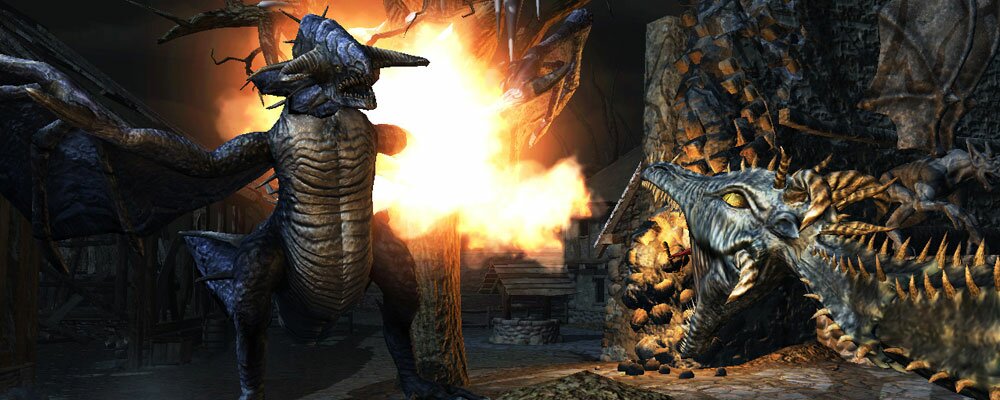Today I want to tell you a little about factions in “Deathfire: Ruins of Nethermore.” Even though many players seem to look at the game as a pure Dungeon Crawler, which it isn’t, of course. The fact that we have outdoor areas with wide open spaces places it clearly in a different category. Another reason why it is not a mere “Blobber” as some people seem to call it, is the fact that “Deathfire” does not only have an emphasis on the story, but goes even deeper by adding things such as factions.
We have introduced two of the game’s factions to the public some time ago in an post about Tesselar’s Diary.
 This particular example showcases the clash between a group of Rat Troopers and an Insectoid race. It is a good example, how factions will play out in the game, as the player will get to meet both parties on his adventures. As in real life, either party has their own version of history, and about what led to the deep rift between these two races. Seeing the heroes’ abilities, naturally, both parties would like to have the players’ characters on their side to support them in their effort to eradicate the other race and claim dominance.
This particular example showcases the clash between a group of Rat Troopers and an Insectoid race. It is a good example, how factions will play out in the game, as the player will get to meet both parties on his adventures. As in real life, either party has their own version of history, and about what led to the deep rift between these two races. Seeing the heroes’ abilities, naturally, both parties would like to have the players’ characters on their side to support them in their effort to eradicate the other race and claim dominance.
And as in real life, history is always a bit biased, depending on who tells it and how many times it has been relayed. While there’s a grain of truth in the descriptions the player is initially presented with, you will have the opportunity to dig deeper into the subject matter before you make up your mind. In fact, you should dig deeper in order to make an educated decision, because taking sides is not something you should take lightly in the game. The effect can trickle down to other parts of the overall story and can have a tremendous impact on how the overall plot evolves. Not to mention that potentially killing off an entire population of a race should never, ever be taken lightly.

Another case where factions come into play is, perhaps, a bit more visceral. The initial setup of the story of “Deathfire” revolves around the fact that people disappear from the world, only to reappear later as reanimated corpses. Zombies, to be exact. While the initial momentum for the player will be to find the source of the zombies and stop the flow of the undead, there is a serious ethical and emotional issue to all of this. What, if some of the zombies you encounter are people you knew in their human life? What, if it is your own father, your sister or your soulmate? It is not easy to detach yourself from that emotional connection you have to these people, making it hard to kill them in cold blood. Sure, it may sound easy in theory and looks simple enough in movies, but the question you should ask yourself is, would you be able to kill your own father, and if so, would you be able to get over your initial hesitation fast enough before he kills you?

Now imagine, you meet someone who’s entire life consists of nothing but the killing of zombies—like a mission or religion. A person who has long ago abandoned all emotions and associations to the humans these walking corpses once were. If he requires you to follow suit and indiscriminately kill off every single zombie you encounter, would you do it? What, if there is the potential of salvation? What, if the rumors are true and they have been converted by magic and that by the same magic it might be possible to lift the curse and bring them back to life. Even your loved ones? Would you still be ready to follow without trepidation the instructions of someone you barely know? Would you ever forgive yourself if you cut down you own mother and later learn that you could have prevented it? That you could have saved her?
These examples are meant to show you that “Deathfire: Ruins of Nethermore” will put you face to face with situations that will force you to think about the decisions you make. Isn’t that what good role-playing is all about? Or at least, used to be about in the good old days?


 Comments:
Comments: 



Leave a reply